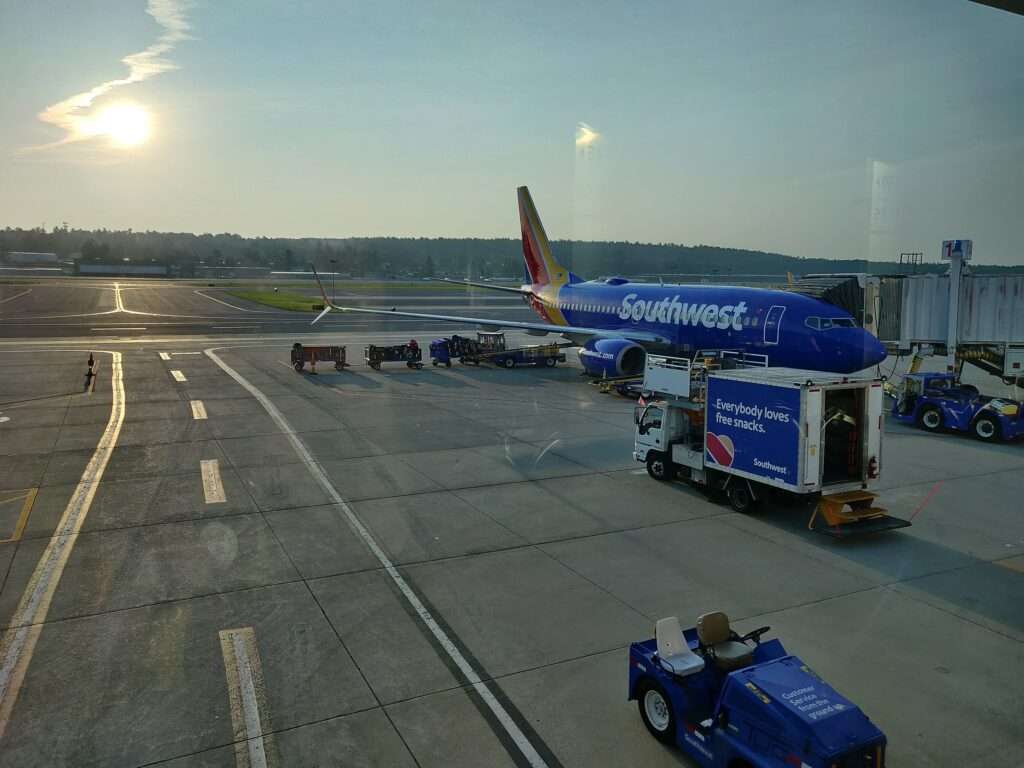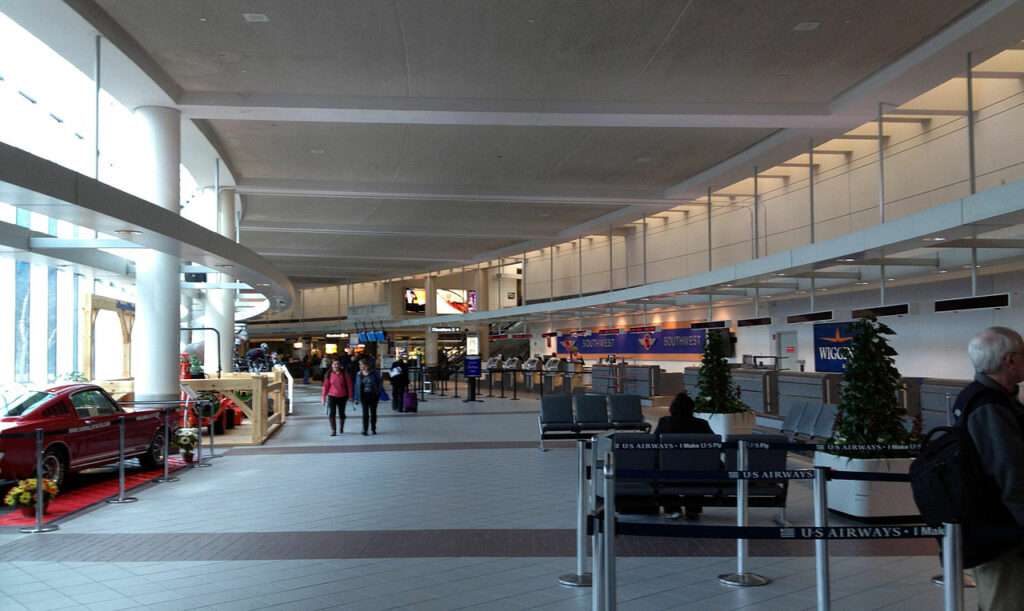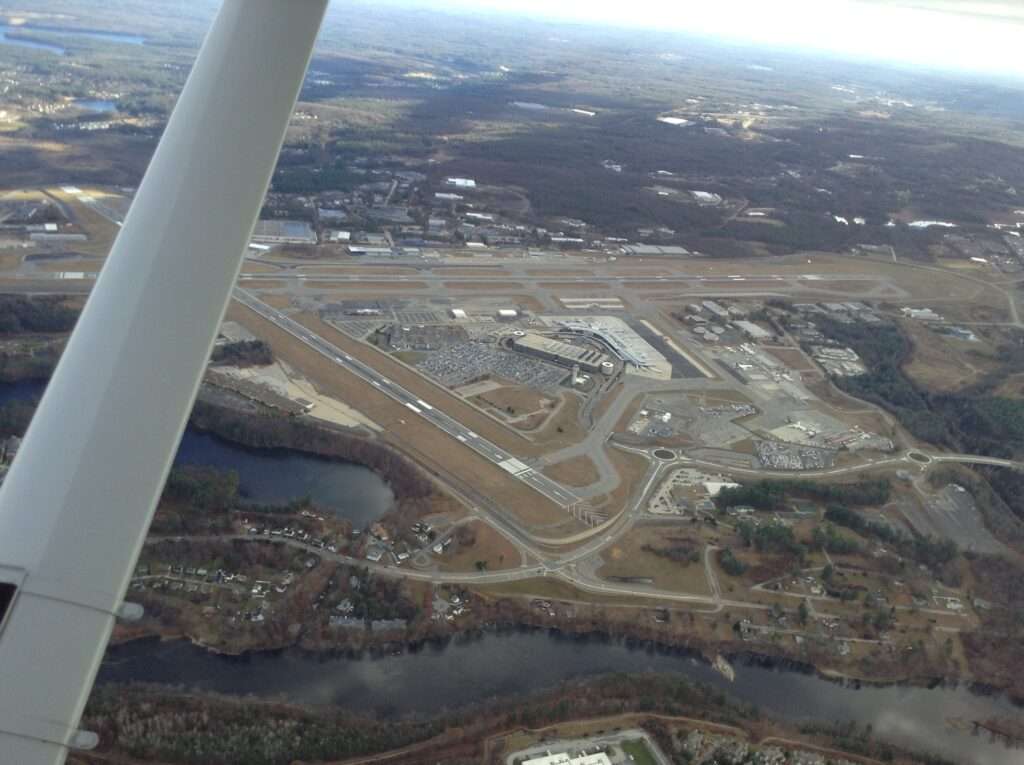Nestled amidst the rolling hills of New Hampshire, Manchester-Boston Regional Airport (MHT) boasts a rich history intertwined with the evolution of commercial aviation in the United States.
Originally a modest airfield, it has transformed into a key transportation hub serving New England.
This article explores the airport’s journey, from its early days as a two-runway strip to its current status as a regional gateway.
Taking Flight: The Early Years (1927-1940)
The story of Manchester-Boston Regional Airport begins in 1927.
Recognizing the growing potential of air travel, the Manchester Board of Aldermen allocated a mere $15,000 to develop an airport.
Within months, construction commenced on an 84-acre site near Pine Island Pond.
By 1928, the nascent airport witnessed its first aircraft – a two-seat Kreisner-Reidner Challenger – establishing Manchester as a destination on the air map.
The fledgling airport received a significant boost with the arrival of Northeast Airways in 1933.
This regional carrier, later to become a major player in U.S. aviation, made Manchester its base, leading to the construction of the airport’s first passenger terminal in 1937.
This Art Deco structure, a testament to the era’s architectural style, now houses the Aviation Museum of New Hampshire, preserving the airport’s rich past.
Wartime Transformation (1940-1958)
The outbreak of World War II in 1939 significantly altered the trajectory of Manchester Airport.
Recognizing its strategic location, the U.S. Army Air Corps requisitioned the facility in 1940.
The airport transformed into Grenier Field, a bustling military base used for training bomber crews and housing various support units.
This wartime chapter played a crucial role in expanding the airport’s infrastructure, including lengthening runways and constructing new hangars.
After the war’s conclusion in 1945, Grenier Field was deactivated, and the City of Manchester regained control of the facility.
Civilian air traffic gradually resumed, with Northeast Airways returning as a major carrier.
The airport, now known as Manchester Airport, entered a period of steady growth, catering to a rising demand for air travel in the postwar era.
The Jet Age and Expansion (1959-1990s)
The 1950s ushered in the jet age, revolutionizing air travel. Manchester Airport embraced this new era by upgrading its infrastructure to accommodate larger and faster jet aircraft.
The construction of a new terminal in 1961, the Ammon Terminal, marked a significant step forward in passenger handling capabilities.
The latter half of the 20th century witnessed a period of sustained expansion for Manchester Airport.

Recognizing its proximity to Boston, a major metropolitan area with limited airport capacity, the facility began targeting itself as a convenient alternative.
This strategic move paid off, attracting new airlines and increasing passenger traffic.
The 1990s were particularly significant, with a major expansion and improvement plan undertaken.
A new, larger terminal building opened in 1994, followed by a new parking structure in 1999.
Additionally, the extension of the main runway allowed for the introduction of non-stop flights to more distant destinations.
Rebranding and the 21st Century (2006-Present)
In a move to further capitalize on its proximity to Boston, Manchester Airport officially rebranded itself as Manchester-Boston Regional Airport in 2006.
This strategic rebranding aimed to attract passengers seeking a less congested alternative to Boston Logan International Airport.
The early years of the 21st century saw continued growth at the airport, with passenger numbers reaching a peak of 4.33 million in 2005.

However, the economic downturn of 2008 and the subsequent years witnessed a decline in passenger traffic.
The COVID-19 pandemic further exacerbated this trend, leading to a sharp drop in travel.
Despite these challenges, Manchester-Boston Regional Airport remains a vital transportation hub for New Hampshire and the surrounding region.
The airport continues to invest in modernization projects, focusing on improving passenger experience and attracting new airlines.
Looking Ahead

As the aviation industry recovers from the pandemic, Manchester-Boston Regional Airport in New Hampshire is poised for renewed growth.
Its strategic location, coupled with ongoing infrastructure upgrades, makes it well-positioned to serve the travel needs of the region.
The airport’s rich history, from its humble beginnings as a two-runway airfield to its current status as a regional gateway, is a testament to its adaptability and resilience.
As air travel continues to evolve, Manchester-Boston Regional Airport is undoubtedly prepared to meet the challenges and opportunities that lie ahead.

Click the banner to subscribe to our weekly newsleter.

Click the photo to join our WhatsApp channel so then you can stay up to date with everything going on in the aviation industry!









